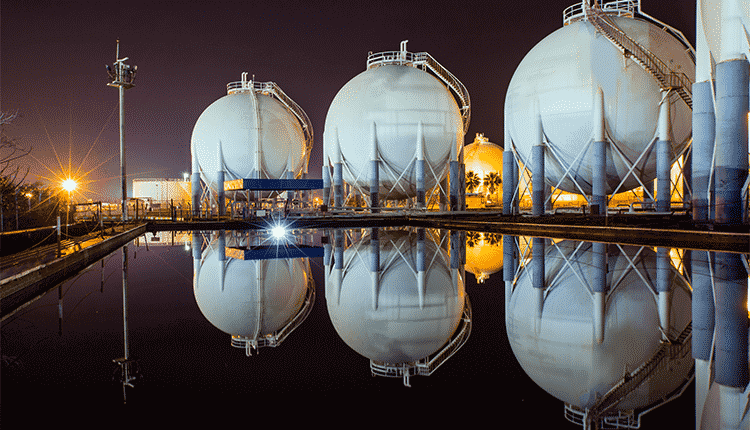
Snam, IGU and the BCG Confirmed Role of Gas in the Future
Snam, IGU, and the BCG present the Global Gas Report 2019, the new edition of the yearly report that examines key global gas markets. It looks at recent improvements and assesses progress towards the leading role that gas expects to play in the energy transition. Also, this year’s report special feature is a section on the Future of Gas in Europe. It was co-produced with key European gas infrastructure operators: DESFA, Interconnector UK, Terega, and TAG.
Ample supply and liquidity were the active responsibility for the demand. With LNG trade developing, prices at key regional natural gas hubs reached multi-year lows. Also, gas has become affordable for more buyers, taking share from coal. It drove a 5% rise in global demand in 2018, with distinctly strong growth in the U.S. and China. Aside from that, the global gas trade also increased by 4%.
The report reestablishes the favorable scenario for natural gas, now its third edition. For the past five years, the market grew on average by 2% per year. Also, they are expecting to maintain a similar growth rate until 2040 to reach 25% of the global energy mix. It is due to its environmental benefits contrasting to other fossil fuels, growing supply, and increasingly competitive pricing.
This focuses on the significant role that cost competitiveness will play if gas is to deliver its full potential. Besides, it is a unique and ample fuel that can reliably supply the world’s rapidly changing energy systems. It is with more energy and supports economic growth while helping to rapidly cut emissions and improve air quality.
Snam, IGU, and the BCG on Natural Gas
Snam CEO says natural gas is currently in an appealing and has impressive prospects in light of the possibility of replacing coal in electricity generation. Also, they are looking for the gradual growth of renewable gases such as biomethane and hydrogen. Also, natural gas and the growing potential of renewable gases can reduce both CO2 emissions and pollution. It enables the energy transitions to take place at affordable prices for all buyers.
BCG Managing Director said the report highlights the detracting role of the natural gas industry in meeting the Paris climate goal. It is through reducing methane emissions, enabling a rapid transition away from coal, and ascending new low carbon technologies.
Moreover, natural gas can give to a cleaner global energy system. Contrarily, it faces its own challenges. This includes the need for sustained investment to expand access to low-cost gas reserves globally an in transmission. Together with cost and availability, the gas sector prospects will improve its environmental impact. But continued action is critical to decrease methane emissions and ensure data transparency.
Finally, to develop low carbon gas technologies, government policies are requiring to sustain innovation. This includes renewable gas, carbon capture, hydrogen, storage, and utilization. Besides, they can provide an efficient pathway to reduce greenhouse gas emissions dramatically.
The special section on the future of gas in Europe analyzes how the role of gas will be evolving across all sectors. Also, how low-carbon technologies could affect the European energy system in the future. It highlights the continued importance of natural gas infrastructure in the region. Besides, it requires to realize the benefits natural gas brings. This includes improving network interconnectivity, supporting the integration of renewables, and measuring the development of low carbon gas technologies.




